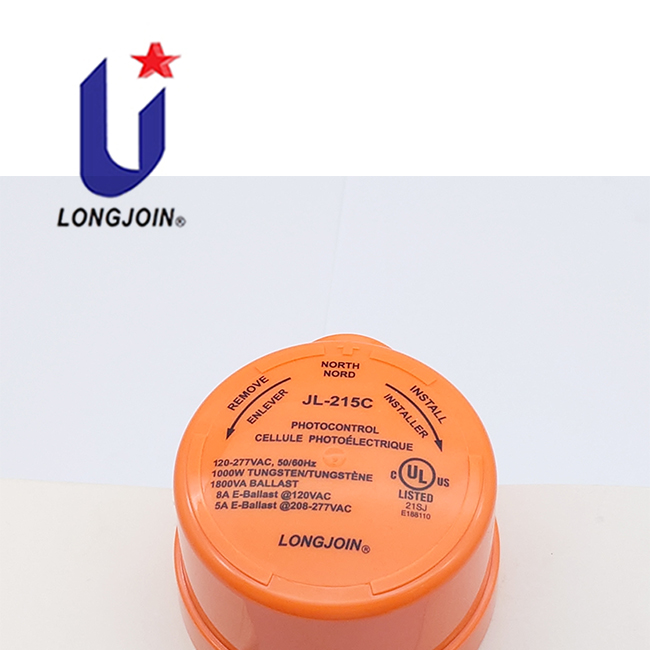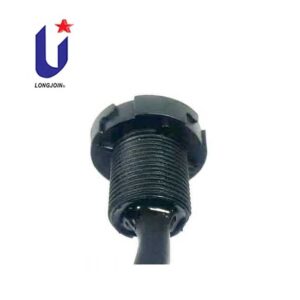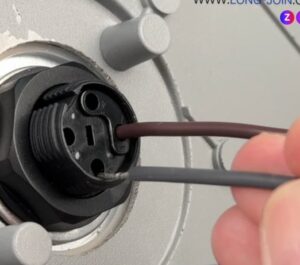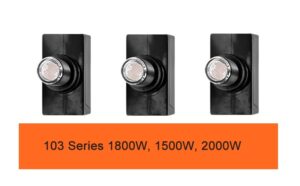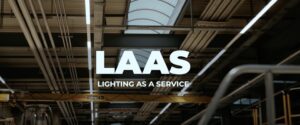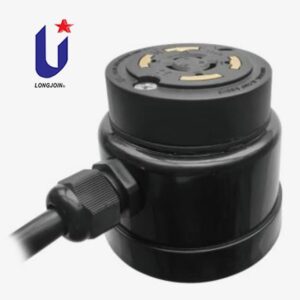フォトコントロールの最も高温になる箇所はどこ? JL-215CのTCテストを理解する
導入
Modern lights aren’t just on/off. They’re smart and connected. They also follow tough, worldwide safety rules to protect everyone today. At the heart of this change is the photocell sensor. It’s small but vital. It tells a streetlight when to turn on and when to turn off.
One recurring question from OEMs and certification labs is:
“Where is the hottest point (TC) on your photocell device?”
This single question can decide whether a fixture passes UL/IEC testing or needs costly redesign. Recently, a client asked this exact question about our JL-215C twistlock photocell. Their goal was to perform thermal rise testing in line with UL, IEC, and EN standards.
In this article, we answer that question, explain why it matters, and show how Long-Join supports lighting brands with reliable, cert-ready photocells.
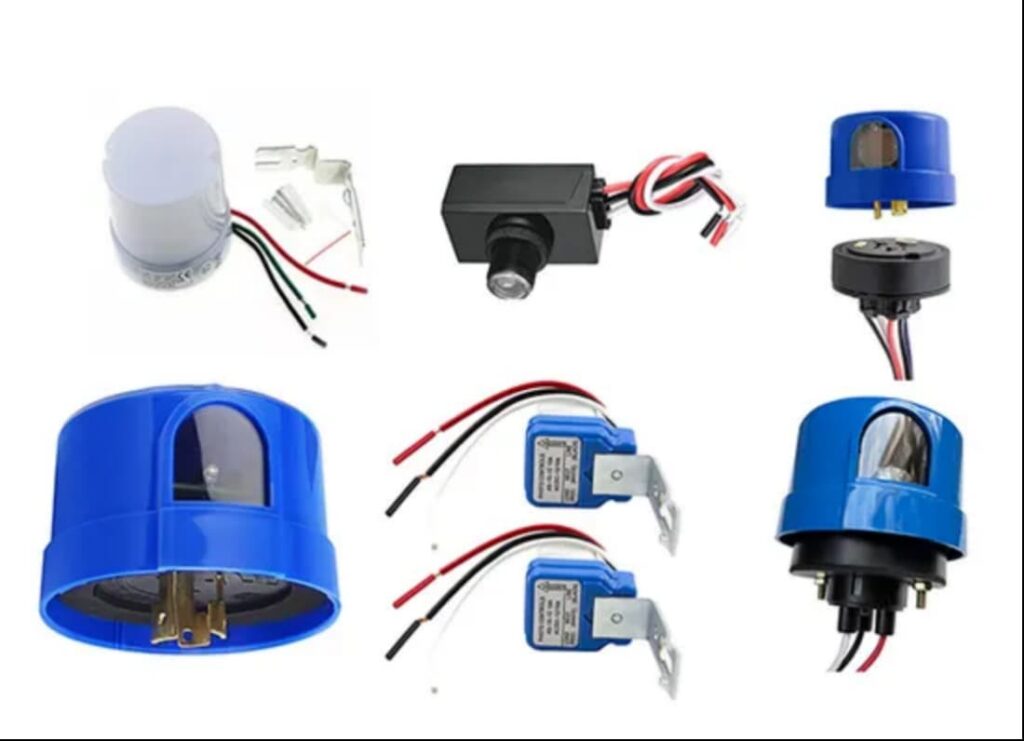
What Is TC and Why Should It Be Measured?
Think of the TC point (Temperature Coefficient point) as the “engine hotspot” of a photocontrol. Just like checking the hottest part of a car engine ensures safe operation, finding the TC on a light photocell sensor helps predict lifetime, safety, and performance.
Here’s why it matters:
理由 | Explanation for Photocell Testing |
認証 | UL8750, IEC 60598, and EN 62471 require thermal evaluation at the hottest point. If the photocell for street light is mounted on a luminaire, it becomes part of that test. |
信頼性 | Heat accelerates aging of relays and sensors inside the light sensor photocell switch. Testing TC helps predict actual service life. |
Failure Risk | Hotspots can deform plastic, weld contacts, or break capacitors. TC testing reduces warranty risk and protects the brand. |
Without TC measurement, a photocell control may work fine in the lab but fail in the field under heat stress. That’s why top brands never skip this step.
Where Is the TC Point on the JL-215C?
The JL-215C is a thermal-type twist-lock photocontrol commonly used in outdoor wall packs, canopy lights, and post-tops. But where exactly should engineers measure TC?c
The answer:
On the relay case surface, close to the live-in terminal solder point or the relay coil.
This location matters because internal heat sources — especially relays and MOV surge suppressors — generate more heat than the outer housing. Measuring only the external plastic case can give misleadingly low results.
Testing tip:
Attach a thermocouple directly on the relay body inside the housing. Measure at full rated load (e.g., 1000W tungsten at 25°C ambient). This ensures compliance with UL and IEC standards.
成分 | Heat Contribution | Reason for TC Proximity |
Relay coil & solder joint | 高い | Continuous current flow generates concentrated heat. |
MOV surge suppressor | 中くらい | Absorbs voltage spikes, heating during surges. |
Plastic housing | 低い | Remains cooler; does not reflect true internal stress. |
By targeting the correct TC spot, engineers can avoid under-reporting heat and ensure reliable certification results.
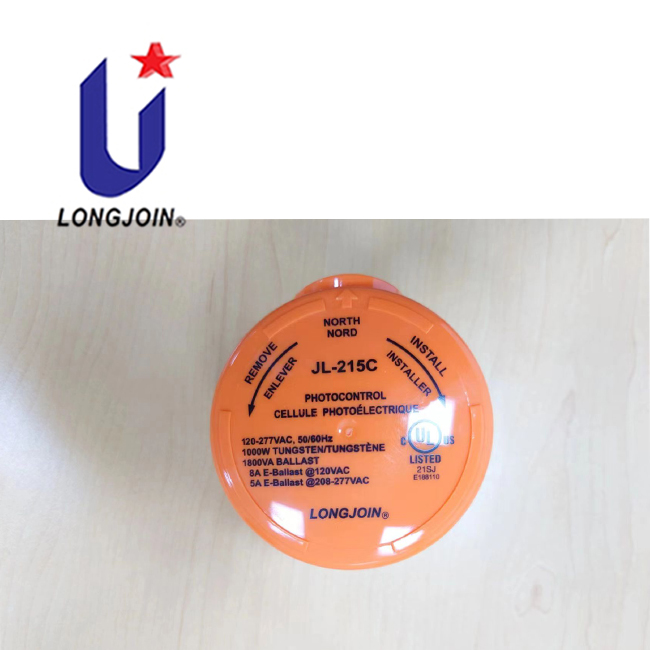
What Are the Key Specifications of the JL-215C Photocell?
The JL-215C is designed for cost-effective yet durable street lighting outdoor applications. Its features balance safety, performance, and compliance.
特徴 | JL-215C Specification | なぜそれが重要なのか |
動作温度 | -40℃~+70℃ | Withstands extreme climates from cold winters to hot summers. |
定格荷重 | 1800VA ballast / 1000W tungsten | Suitable for both traditional lamps and modern LED street light photocell projects. |
Delay Timer | Built-in | Avoids false switching from car headlights or lightning. |
ハウジング材質 | UV-stabilized polycarbonate | Prevents yellowing and cracking in long-term outdoor use. |
サージ保護 | MOV-based | Protects circuits against transient spikes. |
取り付け | twist lock | compliant to nema standard plug-into 3pin/7pin base |
In practice, this means a city upgrading to photocell street light systems can rely on JL-215C for both safety certification and long-term field reliability.
For a detailed product overview, see our Long-Join JL-215C datasheet.

Why Does Long-Join Lead in Photocell Reliability?
Not all photocells are equal. As a UL773-certified manufacturer with over 20 years of experience, Long-Join combines design expertise with strict quality control.
Here’s how we help clients reduce risk:
Service | What Long-Join Provides |
Thermal Design Simulation | Infrared analysis of TC points before mass production. |
Transparent Layouts | Clear schematics so OEMs know where heat is generated. |
QC Processes | 100% temperature calibration and high-temp aging tests. |
Product Range | From twistlock types like JL-215C to smart photocontrols with LoRa/NB-IoT integration. |
When cities deploy thousands of photocell street units, small failures become big problems. That’s why we invest in upfront reliability — so clients can deliver smarter, safer lighting control solutions to their markets.
Learn more about our testing standards at Long-Join Quality Control.
How Does This Support Fixture Certification?
Fixture manufacturers often face certification delays because small components fail thermal testing. By partnering with Long-Join, OEMs avoid this bottleneck.
- We provide custom TC documentation for our photocells.
- We support certification labs with reference designs.
- We adapt designs for unique luminaire environments, such as enclosed housings or high-wattage fixtures.
This speeds up UL/IEC approval and reduces engineering rework. For OEMs, that means faster time to market.
What Does This Mean for Smart City Projects?
Cities investing in smart grids and adaptive lighting expect more than a basic photoelectric sensor. They want reliability, compliance, and seamless integration.
Using a proven photocell switch like JL-215C ensures:
- Safety compliance: meeting UL/IEC thermal rules.
- 長寿命: reducing replacement costs.
- スケーラビリティ: from single poles to citywide rollouts.
Combined with Long-Join’s IoT-ready smart remote control switch options, municipalities can step confidently into the future of intelligent lighting.
結論
Are you preparing your luminaire for UL or IEC certification? Do you need a partner who understands 光電セルセンサー as both a product and a certification requirement?
接触 ロングジョイン today to discuss how our photocell controls, like the JL-215C can help you achieve compliance and long-term field reliability.
外部リンク:
●https://www.ul.com/resources/electrical-insulation-systems-eis-product-standards
●https://iec.ch/
●https://electronics.stackexchange.com/questions/662375/mcpcb-what-is-tc-point
●https://www.cencenelec.eu/european-standardization/european-standards/

